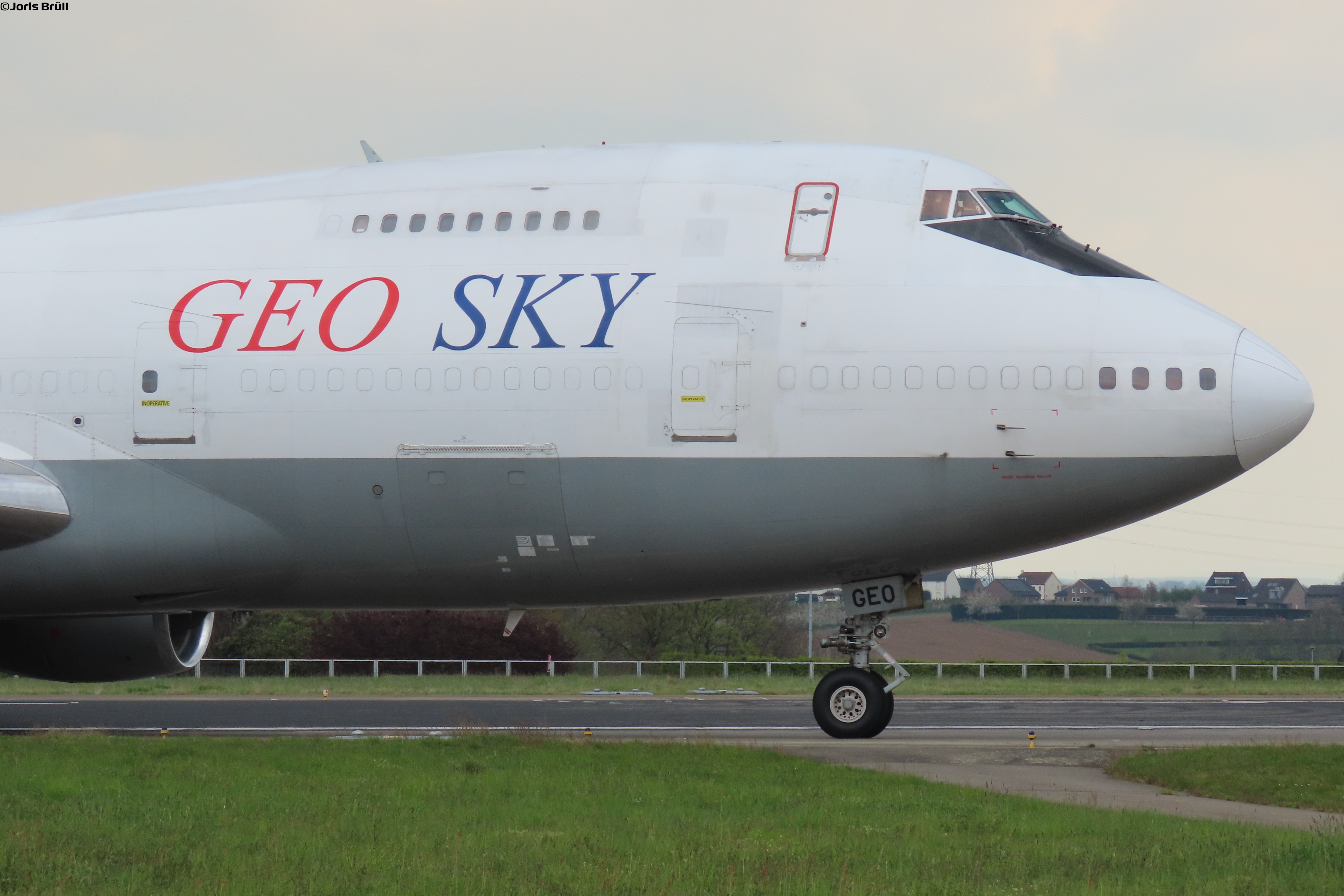

“T he SBIRS program not only represents a new era of overhead infrared surveillance offering vital support to the national defense mission, but also the dedication of space acquisition and production professionals to ensuring the U.S. Space Force Program Executive Office for Space Production. “ Thanks to the diligent efforts of the government and contractor teams, the SBIRS program has launched another critical asset into the nation’s Overhead Persistent Infrared constellation,” said Cordell DeLaPena, Jr., U.S. Space Force’s Space and Missile Systems Center, planned for June 23, 2021, from Cape Canaveral Space Force Station, Florida. ULA’s next launch is the Space Test Program (STP)-3 mission for the U.S. This was the 87 th launch of the Atlas V rocket and the 72 nd Atlas V to launch from Space Launch Complex-41 in Florida. Aerojet Rocketdyne provided the RL10C-1-1 engine for the Centaur upper stage and the two AJ-60A solid rocket boosters. The Atlas booster for this mission was powered by the RD AMROSS RD-180 engine.

The mission launched on an Atlas V 421 configuration rocket that included a 13.7-ft (4-m) Extra Extended Payload Fairing (XEPF). Space Force to continue to meet the national security needs of our country.” “ Thank you to our mission partners for the tremendous teamwork as we processed and launched this asset that provides powerful surveillance and critical capabilities to protect our warfighters,” said Gary Wentz, ULA vice president of Government and Commercial Programs. To date, ULA has launched 144 times with 100 percent mission success. EDT from Space Launch Complex-41 at Cape Canaveral Space Force Station. Space Force’s Space and Missile Systems Center (SMC) lifted off on May 18 at 1:37 p.m.

9, 2018.The ULA Atlas V launch of the SBIRS GEO-5 push to orbit.Ī United Launch Alliance (ULA) Atlas V rocket carrying the Space Based Infrared System Geosynchronous Earth Orbit (SBIRS GEO) Flight 5 mission for the U.S. A unique, low angle image shows the Air Force's Space Based Infrared System Geosynchronous Earth Orbit Flight-4 (SBIRS GEO-4) satellite just after its final encapsulation at Cape Canaveral Air Force Station, Florida, Jan. The 460th Space Wing, Buckley Air Force Base, Colorado, operates the SBIRS system. Lockheed Martin is the SBIRS prime contractor, with Northrop Grumman Aerospace Systems as the payload integrator. Air Force Space and Missile Systems Center, Los Angeles Air Force Base, California. The SBIRS development team is led by the Remote Sensing Systems Directorate at the U.S. After SBIRS GEO-4, the USAF plans two more SBIRS satellites GEO-5 and GEO-6, currently in production. The first GEO launch was on and the most recent launch was on January 20, 2017. The satellite will unfold to 49 feet x 22 feet x 20 feet and will have an on-orbit weight of 5,526 pounds including 430 pounds of fuel. The GEO satellite is powered by two deployable sun-tracking solar arrays. (Photo courtesy Lockheed Martin Space Systems, Colorado) Technicians prepare for the encapsulation of the Air Force's Space Based Infrared System Geosynchronous Earth Orbit Flight-4 (SBIRS GEO-4) satellite at Cape Canaveral Air Force Station, Florida, Jan. Technical Intelligence - Ability to characterize IR event signatures, phenomenology and threat performance data. Missile Warning - Reliable, unambiguous, timely and accurate warning for theater and strategic missile launches.īattlespace Awareness - Delivery of comprehensive IR data to help characterize battlespace conditions. Missile Defense - Delivery of critical information supporting the effective operation of missile defense systems.

The system includes a combination of satellites and hosted payloads in Geosynchronous Earth Orbit (GEO) and Highly Elliptical Orbit (HEO) and ground hardware and software. military and is considered one of the nation’s highest priority space programs. SBIRS uses infrared surveillance to provide early missile warning for the U.S. Technicians make last-minute preparations for the encapsulation of the Air Force's Space Based Infrared System Geosynchronous Earth Orbit Flight-4 (SBIRS GEO-4) satellite at Cape Canaveral Air Force Station, Florida, Jan. Today, on January 10, 2018, GEO-4 will make the journey to Space Launch Complex-41, where it will be mated with its Atlas V-411 rocket. CAPE CANAVERAL: The Air Force's Space Based Infrared System Geosynchronous Earth Orbit Flight-4 (SBIRS GEO-4) satellite completed encapsulation on January 9th at Cape Canaveral Air Force Station, Florida.


 0 kommentar(er)
0 kommentar(er)
